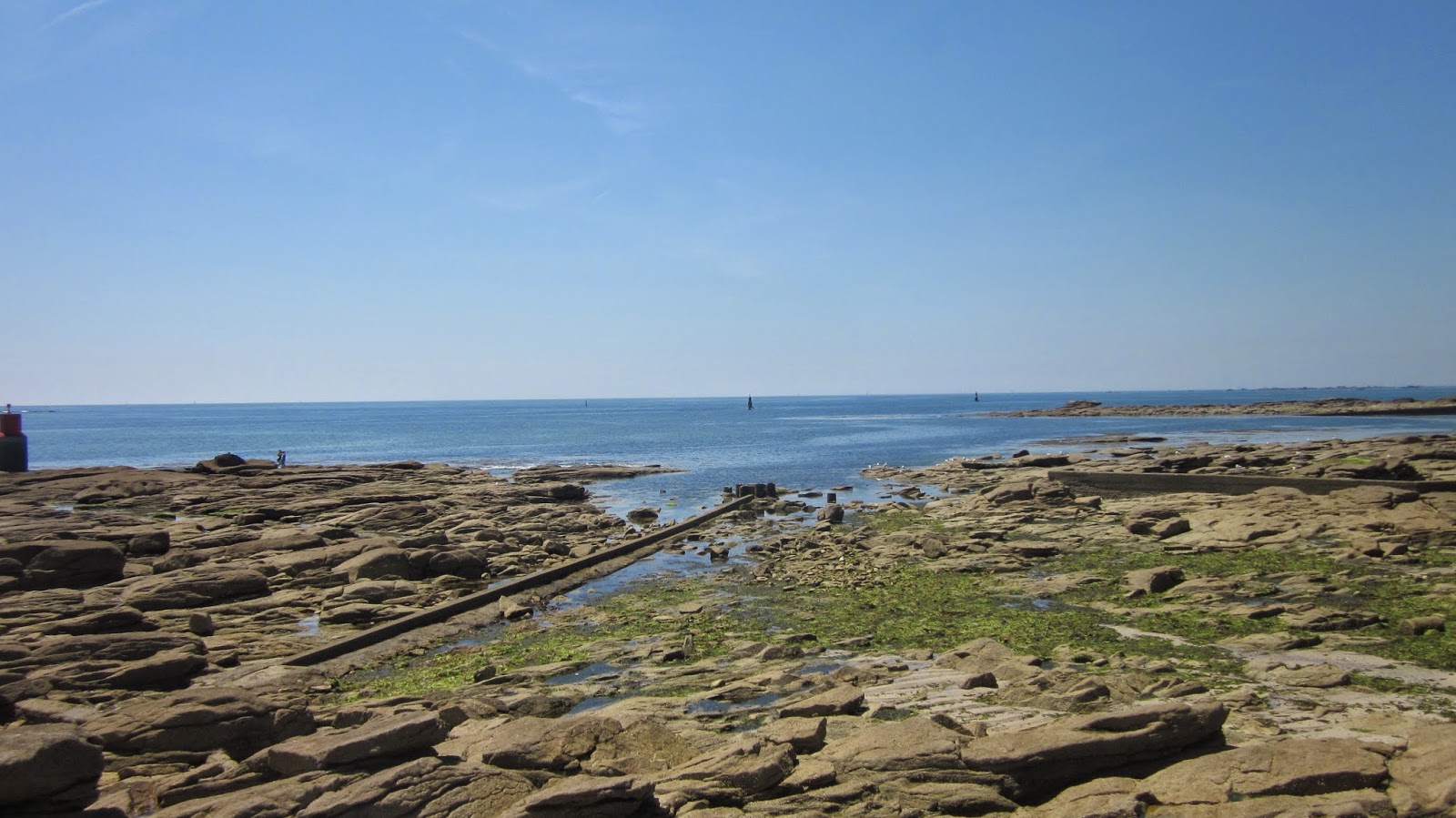Today was one of the occasions when very low tides enable a crossing on foot to Ile Tristan, just off Douarnenez. The two and a half hour window allows plenty of time to explore the island, although only certain parts are accessible to the public - the Maison de Maitre and another large house used as a temporary cinema for the day, orchards and the exteriors of a 1930s chapel and a 19th century fort. As is often the case in Brittany, culture has priority over history: short films (fiction and documentary) were showing, there was an exhibition of photographs and various miserable-looking musicians were performing in selected spots. There was no information about the island's chequered past, and no sign on the island itself of occupation in the 16th century by one of the most intriguing characters of Breton history.
My own personal research interest is the bloodthirsty career of Guy Eder de la Fontenelle, a young nobleman who held the island from 1595, and used the Wars of Religion to spread mayhem throughout western Brittany, from his native Cotes d'Armor to this western edge of Finistere, where his most notorious achievements were the destruction of Penmarc'h - burning the population in the church and taking control of 300 ships in the port - and the sacking of Pont Croix. He was pardoned for his crimes or acknowledged for his acts of war, depending on your point of view, and actually officially made governor of Ile Tristan at the end of the war. Accusations of intrigue with the Spaniards made this a short tenure, however, and he was executed in Paris at the ripe old age of 29.
His persona has lived on in the oral tradition, but aside from a short profile published in the 1920s, little serious and un-romantic work appears to have been done on the historical evidence of the life of this extraordinary, excessive personality. Sociopath or product of his times, able to get away with more than most in this far flung corner of France? I've made some effort to go further with research, with little result as yet. On the island today I wanted to get an idea of the strategic positions and the defensibility, as all efforts to dislodge La Fontenelle during his reign of terror proved fruitless. Not sure I made a lot of progress, but it's certainly true to say that the less I can find out about him, the more interesting he becomes.


.JPG)


















.JPG)

.JPG)
.JPG)




.JPG)





.JPG)















